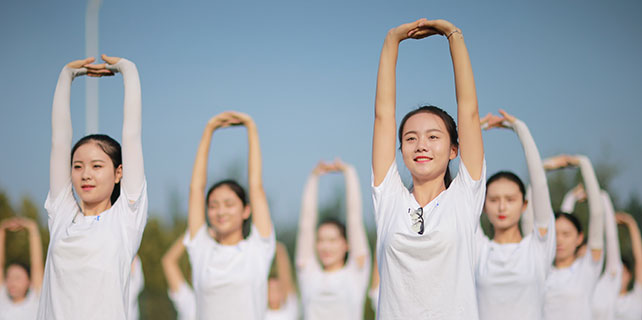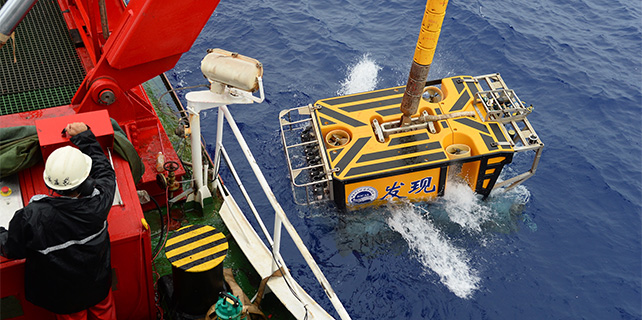Bold, virtual race of skeletons
Researchers at Stanford University are hosting a competition of computer-generated skeletons in a virtual race, as a crowdsourcing effort to gain better models of the bone, muscles and nerves that may help doctors manage movement disorders like cerebral palsy.
Sixty-three teams have submitted 145 ideas to the competition, one of five similar contests created for the Neural Information Processing Systems conference scheduled for early December in Long Beach, Southern California.
Lukasz Kidzinski, a postdoctoral fellow in bioengineering at Stanford supplies each team with computer models of the human body and the virtual world that the body must navigate, including stairs, slippery surfaces and more.
The skeletons, in the race, will be running, hopping and jumping as far as they can before collapsing in an electronic heap.
The goal behind the contest, which was dreamed up by Kidzinski, is to better understand how people with cerebral palsy will respond to muscle-relaxing surgery, as the surgery does not always work to improve a patient's gait.
Kidzinski works in the lab of Scott Delp, a professor of bioengineering and of mechanical engineering who has spent decades studying the mechanics of the human body and has collected data on the movements and muscle activity of hundreds of individuals as they walk and run. As a result, they can build accurate models of how individual muscles and limbs move in response to signals from the brain.
However, according to a news release from Stanford, they could not predict how people relearn to walk after surgery, as no one is quite sure how the brain controls complex processes like walking, let alone walking through the obstacle course of daily life or learning how to walk again after surgery.
Machine learning has reached a point where it could be a useful tool for modeling of the brain's movement control systems, but for the most part its practitioners have been interested in self-driving cars, playing complex games like chess or serving up more effective online ads.
The virtual competition, instead, could be a "more meaningful problem". "The time was right for a challenge like this," Delp was quoted as saying.
In addition to external challenges, such as stairs and slippery surfaces, teams in the competition face internal ones, such as weak or unreliable muscles.
They are judged based on how far their simulated humans make it through those obstacles in a fixed amount of time.









